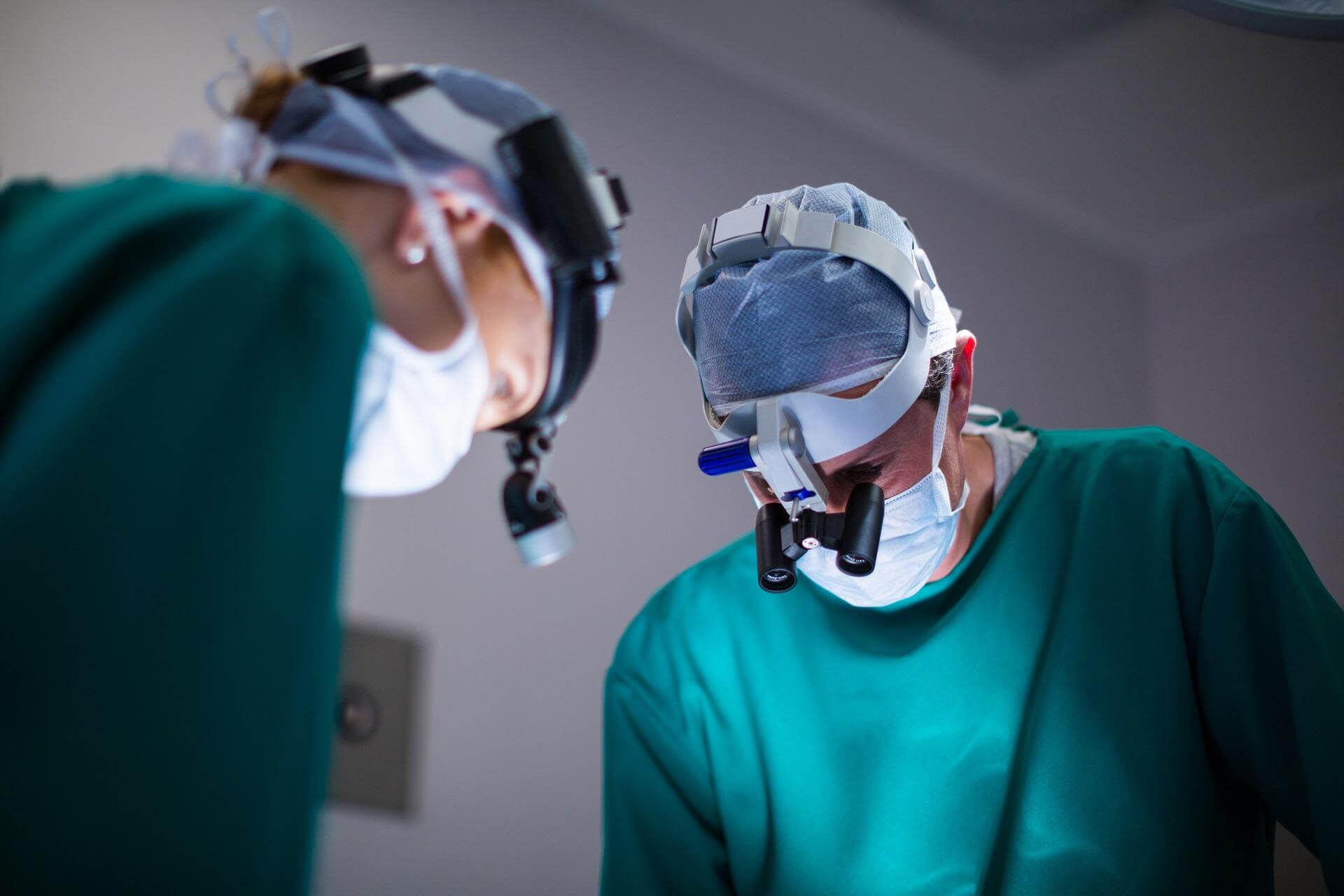What do I need to know about hemorrhoids, their symptoms and causes? When does hemorrhoid surgery become necessary and how does the procedure work at Wáberer Medical Center?
Hemorrhoids are a widespread disease caused by the dilatation of the venous threads around the rectum. The physiological role of the perineal fasciae is to pad the rectum, but they can become dilated and enlarged due to various lifestyle and anatomical reasons, and can prolapse through the anus.
Haemorrhoids can develop in the lower rectum due to increased pressure, which can usually be caused by:

There are two main types of haemorrhoids:
Sometimes the haemorrhoids do not cause pain, but sometimes the external haemorrhoids can form a blood clot. This is a thrombosed haemorrhoid, which can cause significant pain. The hemorrhoids that form can be damaged during defecation through the rectum. Minor skin lesions may cause only temporary pain, burning, stinging, itching and minor bleeding.
However, hemorrhoidal nodules that are subjected to constant irritation are prone to inflammation, more severe bleeding and can also develop significant rectal pain. Initially, symptoms only occur after defecation, but in untreated cases, pain and haemorrhoid bleeding may persist.

In most cases, haemorrhoids can shrink without surgery, on their own or as a result of home haemorrhoid treatment. Regular lifestyle changes can help a lot. Easier, effortless bowel movements can help prevent a flare-up of haemorrhoids and reduce the risk of developing them.
Hemorrhoids can be prevented by eating right and exercising regularly. Treatment of internal haemorrhoids that have already developed can be done with painkilling suppositories that also have a mild vasoconstrictor effect to reduce bleeding. The doctor may also prescribe anti-inflammatory drugs or preparations to improve venous circulation. In the case of inflamed haemorrhoids and in advanced stages, surgical removal of the internal haemorrhoids may be necessary.
In some cases, the doctor may recommend an operation without surgery to prevent more serious complications. Complications include an excluded haemorrhoid with blood clots, inflammation and infection. Treatment depends on the type of haemorrhoids and the complications. Multiple treatments may be needed.
If you have persistent bleeding or painful haemorrhoids, your doctor may recommend one of the other minimally invasive procedures available. These procedures can be performed in the office or other outpatient setting and usually do not require anesthesia.
Your doctor will place one or two tiny rubber bands around the base of the internal haemorrhoid to cut off the blood flow. The haemorrhoids will dry up and fall off within a week.
Conservative therapy alone can only temporarily reduce the symptoms of advanced hemorrhoids. Rubber banding of hemorrhoidal nodules is only a provicative solution to relieve symptoms.
Hemorrhoids can be surgically divided into 4 stages. Surgical resolution of larger haemorrhoidal nodules (stages III-IV) is recommended when the protruding haemorrhoids prolapse through the anus. During the surgery, the dilated venous fascia with the associated small mucosal island is removed, after which the symptoms, bleeding, discharge, pain, itching disappear. The procedure can also prevent the haemorrhoids from becoming blocked, bleeding or forming a blood clot.
Hemorrhoids may be located in the cross-section of the entire circle of the rectum or in a large part of it. In this case, a two-stage operation is recommended because of the increased risk of postoperative rectal stricture.
During the operation, a special instrument is used to ligate the haemorrhoidal arteries responsible for the complaints, and a mucopexy is performed on the area of complaint by mucosal duplication according to the mucosa in front. However, we also consider it important to follow certain lifestyle changes before and after the operation to achieve a better result. During the operation, we eliminate the mucosal prolapse, which may be multifocal, and undercut the haemorrhoidal arteries that may cause complaints later on.

During the surgery, the patient is asleep and does not feel any pain. The surgical area may still be painful for 2-3 weeks, which usually improves considerably with painkillers, a sitz bath, Lidocaine suppositories and ointments. The healing time of external haemorrhoids can be reduced to about 1-2 weeks with surgery.
At Wáberer Medical Center, our goal is to make our patients as comfortable as possible on their road to recovery. That’s why our case managers will support you through the steps of the procedure and inform you about the important things to know.
Book an appointment online for a private proctology consultation or call us at +36-1-323-7000. If you are already sure you need surgery, request a quote directly by emailing mutet@wmc.hu!
We will send you a personalised quote within 2 working days, including all the costs and relevant information!”